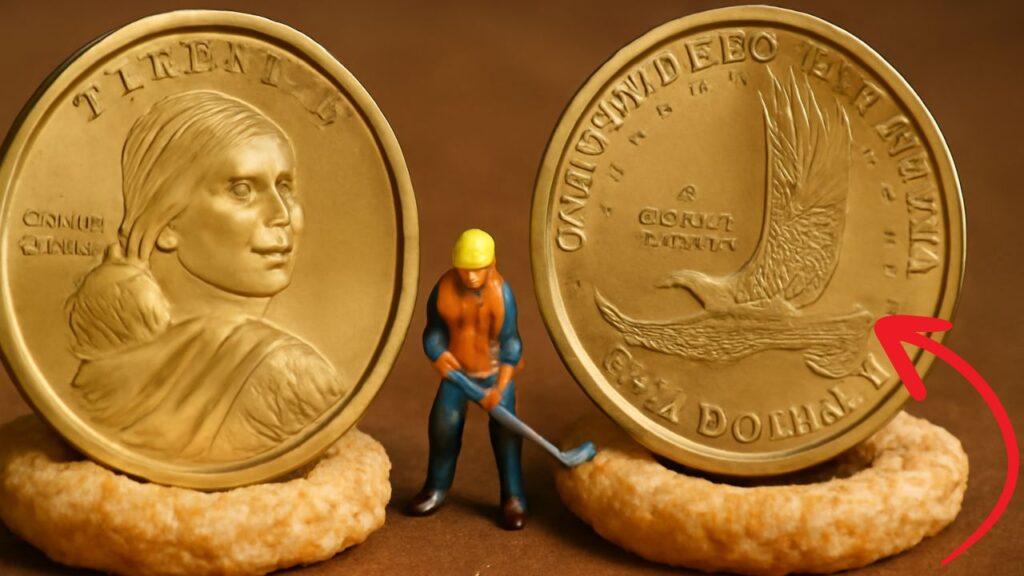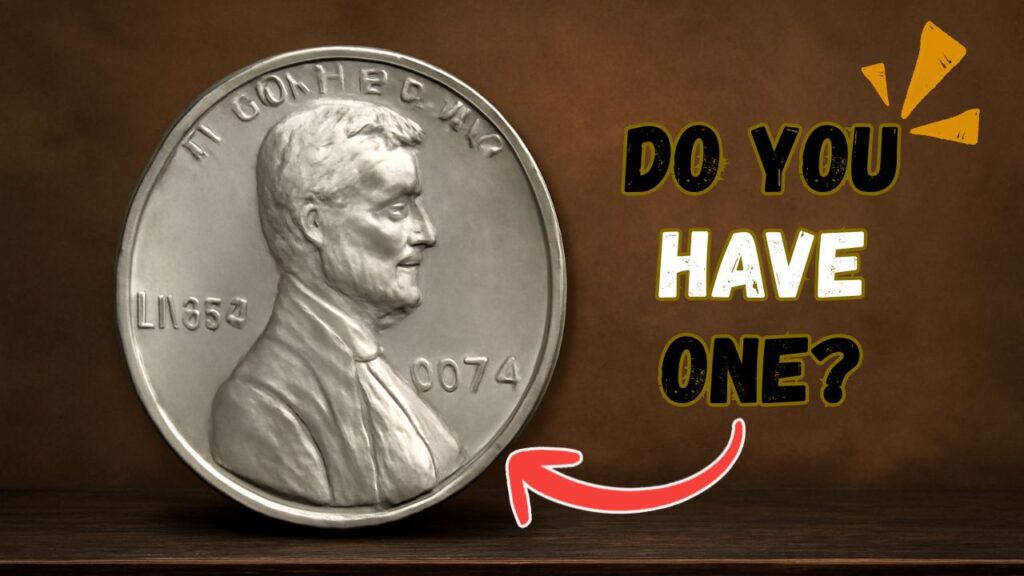The 2000 Sacagawea Dollar with the Cheerios Reverse stands as one of the most intriguing and valuable modern U.S. coins. Initially distributed through a promotional campaign by General Mills, this coin features a unique design variation that has captivated collectors and enthusiasts alike. In this article, we delve into the history, design, rarity, and value of this exceptional coin.
Background of the Sacagawea Dollar
Introduced in 2000, the Sacagawea Dollar was part of the U.S. Mint’s initiative to replace the Susan B. Anthony dollar with a more visually appealing and distinctive coin.
The obverse of the coin features a portrait of Sacagawea, a Shoshone woman who accompanied the Lewis and Clark Expedition, while the reverse depicts a soaring eagle.
The coin was produced with a composition of 88.5% copper, 6% zinc, 3.5% manganese, and 2% nickel, giving it a golden hue. Despite its innovative design and composition, the coin faced challenges in gaining widespread acceptance and circulation.
The Cheerios Promotion
In late 1999, the U.S. Mint partnered with General Mills to promote the new Sacagawea Dollar. As part of the campaign, 5,500 Sacagawea Dollars were inserted into boxes of Cheerios cereal. These coins were distributed at a rate of one coin per every 2,000 boxes, making them exceptionally rare.
The promotion aimed to familiarize the public with the new coin and encourage its use in everyday transactions. However, the limited number of coins and their unique distribution method contributed to their scarcity and desirability among collectors.
Unique Design Variation
The Cheerios Sacagawea Dollar is distinguished by a subtle yet significant design variation on the reverse side. Unlike the standard Sacagawea Dollars, which feature a relatively simple eagle design, the Cheerios version showcases more detailed tail feathers on the eagle.
This enhanced detail is attributed to the use of a proof die, which was employed for these special coins.
In 2005, collector Tom DeLorey discovered this variation, leading to its identification as the “Cheerios Reverse.” The detailed tail feathers are a key identifying feature for this rare coin.
Rarity and Mintage
The rarity of the Cheerios Sacagawea Dollar is underscored by its limited mintage. Only 5,500 coins were produced and distributed through the Cheerios promotion. Given the passage of time and the likelihood of many coins being spent or lost, the number of surviving examples is believed to be even fewer.
This extreme rarity significantly enhances the coin’s value and appeal to collectors, making it a coveted item in the numismatic community.
Value and Market Demand
The value of the 2000 Sacagawea Dollar with the Cheerios Reverse has fluctuated over the years, influenced by factors such as coin condition, market demand, and collector interest. Coins in higher grades, particularly those graded by professional services like PCGS or NGC, command premium prices.
For instance, a coin graded MS67 has been known to sell for over $11,000 at auction, while coins in lower grades still fetch substantial amounts. The market for these coins remains active, with collectors continually seeking to acquire specimens in the best possible condition.
Identifying the Cheerios Reverse
To determine if a Sacagawea Dollar features the Cheerios Reverse, collectors should examine the eagle’s tail feathers on the reverse side. The Cheerios version displays more pronounced and detailed feathers compared to the standard design.
Professional grading services can authenticate and grade these coins, providing collectors with assurance of their authenticity and condition. It’s advisable to consult with reputable dealers or numismatic experts when evaluating such coins.
Preservation and Care
Given the value and rarity of the 2000 Sacagawea Dollar with the Cheerios Reverse, proper preservation is essential. Coins should be stored in protective holders, such as 2×2 holders, capsules, or slabs, to prevent damage from environmental factors.
Handling should be minimal, and coins should be kept in a stable environment with controlled temperature and humidity to prevent tarnishing and degradation.
The 2000 Sacagawea Dollar with the Cheerios Reverse is a testament to the intersection of commerce, design, and rarity in the world of numismatics. Its unique history, distinctive design variation, and limited mintage make it a standout piece for collectors and a significant chapter in U.S. Mint history.
For those fortunate enough to own one, this coin represents not just monetary value but also a piece of American history that continues to captivate and inspire.
Frequently Asked Questions
1. What makes the 2000 Sacagawea Dollar with the Cheerios Reverse unique?
The unique feature of this coin is the enhanced detail in the eagle’s tail feathers on the reverse side, attributed to the use of a proof die during its production.
2. How can I identify a Cheerios Sacagawea Dollar?
Examine the eagle’s tail feathers on the reverse side; the Cheerios version exhibits more detailed and pronounced feathers compared to the standard design.
3. What is the value of a 2000 Sacagawea Dollar with the Cheerios Reverse?
The value varies based on condition and grading, with coins in higher grades fetching significant amounts at auction. For example, a coin graded MS67 has sold for over $11,000.



